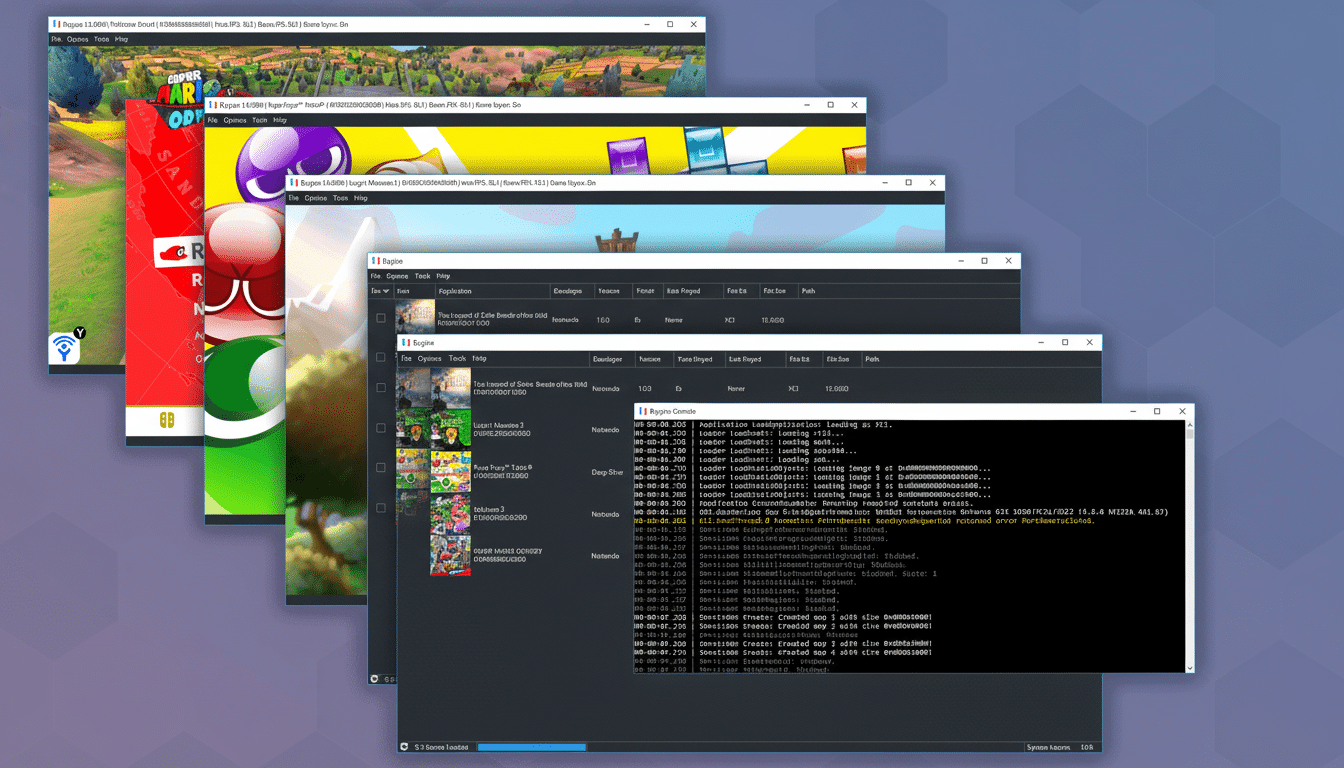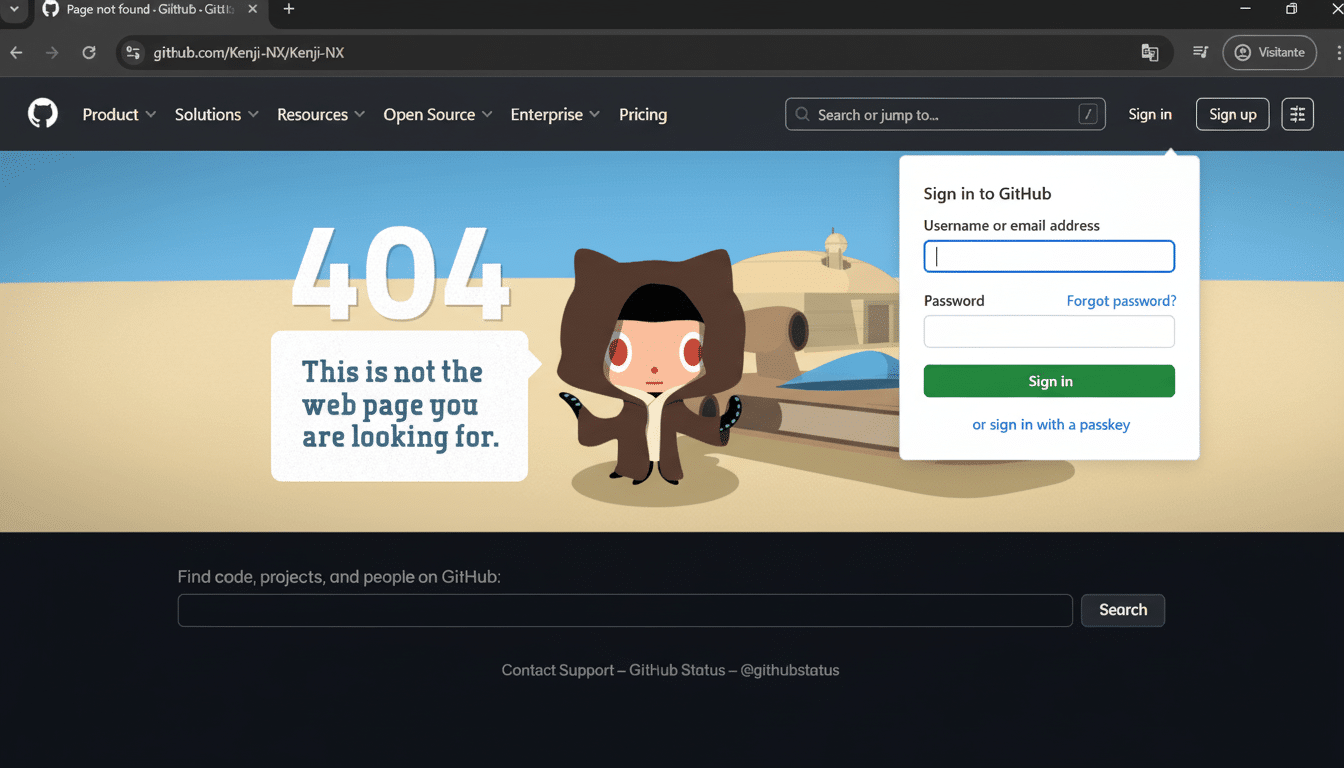Via RyujinxOrg, Kenji-NX, the performance-minded fork of Ryujinx, has just debuted a new release that does two big things fans of Switch emulation have been eagerly anticipating: native support for Hollow Knight: Silksong and an all-new Turbo Mode. The update is available for Windows, macOS, and Linux (the Android port will follow soon, according to its developer).
It’s become a sleeper favorite among tinkerers who want solid desktop performance and future mobile clarity. This is a performance and stability update with added support for one of the year’s biggest game releases.

Turbo Mode in Kenji-NX accelerates gameplay when needed
The Turbo Mode adds a hotkey that accelerates the CPU cycles — it’s like a fast-forward for portions of the game when you don’t need accurate timing. That’s especially helpful if you’re trying to rapidly escape unskippable cutscenes, crafting loops, or plodding backtracking in some platformers.
Kenji-NX’s Turbo doesn’t rely on a simple frame uncap, like the ones seen in older systems; instead, it leverages the Switch’s internal time ticks. These ticks are often used in modern games to control movement, physics, and animation timing. Which is to say, Turbo can be sort of a schlemiel from title to title: awesome in menu-laden RPGs; dicey in physics-driven games where sim-steps and timers are fundamentally yoked to wall-clock time.
History repeats itself here if you fuzz around with veteran emulator users, in similar fashion to the speed-up features of projects such as Dolphin and PPSSPP: it’s potent but best used in select situations. The implementation by Kenji-NX attempts to maintain responsive inputs while improving throughput, but the developer warns that there might be some unexpected behavior in edge cases.
Native Silksong support arrives in the latest Kenji-NX
Support for Hollow Knight: Silksong is now a part of Kenji-NX, grafting yet another eagerly awaited title onto the emulator’s compatibility library. The Team Cherry follow-up has been a community touchstone, and its appearance here adds to earlier compatibility news on rival emulator forks.
On Android in particular, people can still expect mixed results on a device-by-device basis due to hardware and drivers. Some have said the Windows build is more stable on desktops, and that mobile users with recent flagship silicon get better results than those using older devices. This is not uncommon for new releases, especially when shader compilation and CPU scheduler behavior are still being brought to fruition.
Platforms, performance, and early findings
The update comes for Windows, macOS, and Linux, while Android is expected to receive it as soon as testing has been completed. On desktop, Vulkan is still the dominant graphics path for most GPUs, with macOS users continuing to rely on MoltenVK. On the latest Mesa drivers, most Linux users should experience strong performance.

On mobile, Kenji-NX is known for punching above its weight with Snapdragon 8 Elite devices, thanks to Qualcomm’s latest Adreno drivers and strong CPU cores helping to reduce stutter during shader-heavy scenes. In both cases, YMMV (Your Mileage May Vary), depending on the game and settings. If you do, please try the system out on a handheld and start very conservatively, keeping an eye on things like physics glitches, timers, or cutscene sync.
An Artist-Driven Endeavor In A Crowded Field
Kenji-NX is developed by a single developer, who has been credited as KeatonTheBot, and because of this, releases are more spaced out than other projects. Even with fewer developers so far, goodwill has been generated with easy optimizations, clean configurations, and transparent communication in Git repositories and the community Discord servers.
And now, larger legal pressure has reconfigured the Switch emulation world order, closing down major projects and funneling energy into forks or new attempts. Kenji-NX has staked out its own niche by providing smooth desktop play and slowly increasing support for mobile alongside the likes of Eden and Citron.
What Else Changed And How To Get Started
On top of Turbo and Silksong support, the update bundles a good number of bug fixes and crash mitigations, as well as other performance optimizations that improve frame pacing in some games. Platform-specific Android release notes will be available at the time of the mobile release.
If you’re going to take the plunge, consider the following tips:
- Update your shaders, check your firmware and keys, and map Turbo to a button within easy reach.
- Test Turbo in low-threat environments first (grinding, farming, or locomotion) before relying on it in physics-heavy boss encounters.
- Back up your saves and look at community feedback for game-specific advice from experienced users.
With Turbo Mode and Silksong support, Kenji-NX is letting users know that they can move fast on big features while focusing on stability.
For both those who like to play games on a desktop and those who just want to tinker with mobile emulation, that’s an important leap forward for modern Switch emulation.

